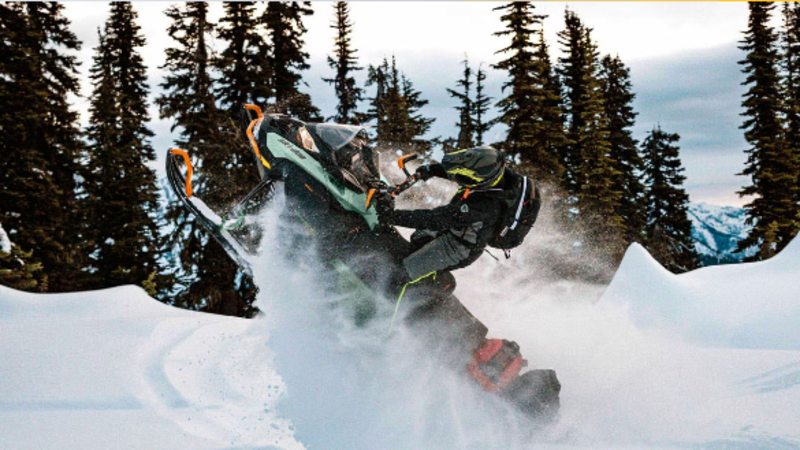
The Art of Dancing
The views and opinions expressed in this editorial are those of the writer’s and do not necessarily reflect the views or positions of Pattison Media.
During the period of growing up I participated in learning various skills. I loved to play sports, ride horses, basketball, softball, work and play outdoors. My parents put me in figure skating lessons; my brothers played hockey.
We were basically, a typical Saskatchewan family back in the 60’s/70’s.
There was not the availability of recreational activities like there is today. The distances people traveled to support their kids’ activities was also much more limited, given the smaller number of organized events. A trip to Prince Albert was 3 or 4 times a year. Highway #3 did not exist.



